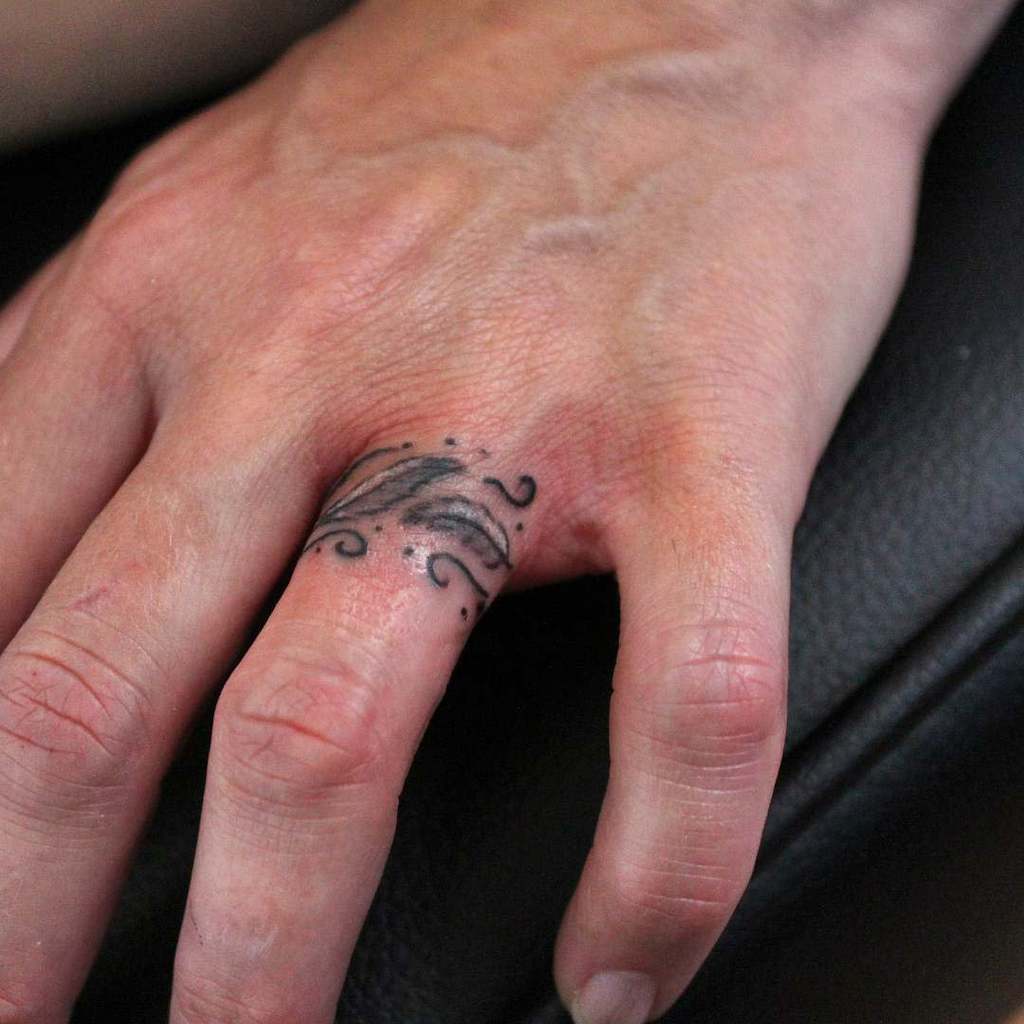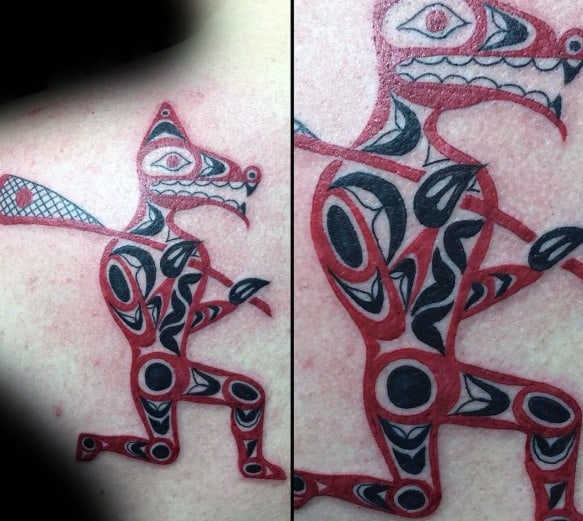What Does the Bible Say About Tattoos? – [2021 Information Guide]
Fradd is pointing out the difference between the moral law and ceremonial law of the Old Testament. The Catholic Church has long recognized this distinction and considered the rules on morality from the Old Testament like the Ten Commandments to be binding for Catholics, while exempting followers from the minutiae of rules and doctrine of ceremonial law.
The New Testament remains the primary text for Christians with the teachings of Jesus at the core of the faith. As Fradd demonstrates, there are many rules and customs outlined in the books of the Old Testament that are specific to the time, place, and customs of the people who wrote it.
While there is a wealth of knowledge and understanding that can be gleaned from this older tradition, Christians are compelled to follow the teachings of Jesus, and not be too concerned with the dogmatic intricacies found in the Old Testament.
Comparisons with Different Religions
While Christianity has its issues with tattoos, many other religions have a long and beautiful history with permanent body art. There is a history of sacred tattooing on the sub-continent in the Hindu religion as well as many examples coming from cultural groups in the islands of the South Pacific, like Tonga, Samoa and the New Zealand Maori, where tattoos are powerful components in rites of passage and other important cultural ceremonies.
Perhaps the most famous and elaborate sacred tattooing comes in the form of the sak yant traditions of South East Asian Buddhists. In this practice, it is the holy men themselves who apply these tattoos to other monks as well as to devotees. The beautiful designs and elaborate script have become popular among locals as well as tourists wishing to have an authentic cultural experience.

Looking for awesome example of religious tattoos? Click on the links below for awesome galleries featuring Christian ink inspiration:






















